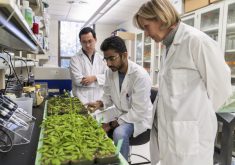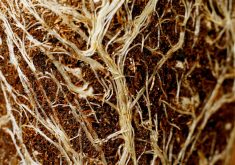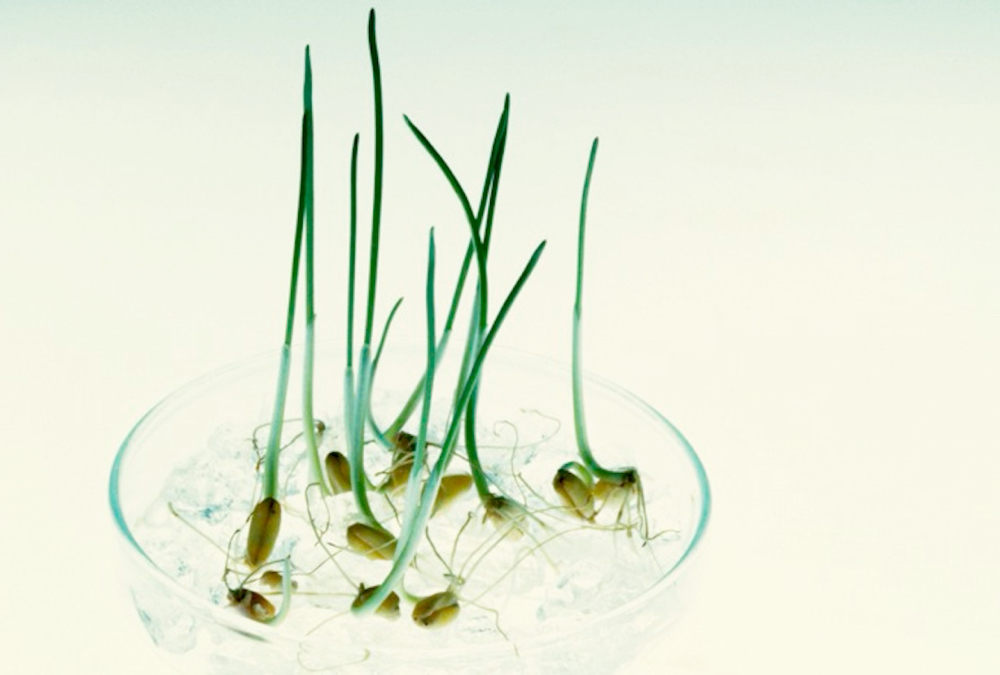University of Saskatchewan researchers are making good progress on a “disruptive technology” that will turn crop breeding on its head.
Apomixis is a form of asexual seed production found in numerous wild plant species such as buttercups, Kentucky bluegrass and St. John’s wort.
“The mother plant makes seeds that have embryos that are genetic clones of itself,” said Tim Sharbel, research chair in seed biology at the Global Institute for Food Security.
Introducing the trait into food crops is the goal of a new research program at GIFS.
Read Also

Canada seventh-most influential country on agri-food
Report from Dalhousie University and MNP shows Canada ranks seventh among G20 countries on agri-food influence.
Martin Mau, a senior researcher at the institute, has been awarded $625,000 from Saskatchewan’s Agriculture Development Fund to do just that. The money includes a $62,400 contribution from the Saskatchewan Canola Development Commission.
Sharbel said apomixis would greatly speed up breeding programs, slashing the typical eight to 10-year timeframe down to two to four years.
It is difficult for breeders to get all the traits they want into one plant because nature gets in the way.
“The breeder is trying to bring together genetic combinations. Sex and meiosis is essentially just trying to blast it apart, so there are two opposing forces,” he said.
Apomixis allows breeders to lock in desired combinations of traits.
“What you can do is take the plant, turn off sex and then have that plant immediately start producing seeds, and those seeds will be composed of embryos that are all genetically identical to the mother plant,” said Sharbel.
It would also lock in hybrid vigour beyond the first generation, so farmers could save their seed instead of having to buy new hybrid seed every year.
“It’s a really disruptive technology,” he said.
“On the one hand, the (seed) companies are terrified of it, but on the other hand they know that if the boat leaves the dock they’ve got to be on it.”
Sharbel likens it to Mp3 technology that caused music companies to “bleed money” for five or 10 years until they changed their business models and formed companies such as Spotify.
He has discussed the dilemma with officials at the Bill and Melinda Gates Foundation, and the consensus was that seed companies would just have to keep coming up with valuable new traits and germplasm to entice growers to buy the latest and greatest seed rather than using farm-saved material.
Mau has spent the last four years studying the apomixis trait in boechera, a model plant of the mustard family.
Boechera plants are found in the wild, growing in deserts or on the sunny, rocky slopes of mountain ranges.
After carrying out thousands of crosses, including interspecies crosses, Mau has learned what type of pollen, flower shape, species and other factors are best suited to inducing apomixis in different frequencies in other plants.
The goal of the new four-year project will be to use the best apomixis donor lines from the pilot study to create apomictic hybrid brassica seed material.
Mau said it would be too difficult to do a direct cross because the two species are too far apart. The work will require a bridge species.
“It’s not so far away from boechera and it’s not so far away from the brassica crops,” he said.
If he is able to breed the apomixis trait into canola using that method it would not likely have to go through Canada’s plant with novel traits (PNT) regulatory approval system.
Mau will simultaneously be using molecular tools to identify all the genetic factors underlying the apomixis trait and building a “genetic cassette” containing all those factors.
That cassette would then be used to introduce the trait into non-brassica species like corn and wheat. That technique would likely be subject to Canada’s PNT rules or the genetically modified organism regulatory system in the United States.
Mau is confident that at the end of the four-year program they will be able to show seed companies it is possible to induce the apomixis trait in mainstream crops such as canola, wheat and corn.
The goal is to distribute the knowledge to as many interested parties as possible rather than licensing it to one company.
“In the end, to have the control of this trait will change agriculture,” he said.















